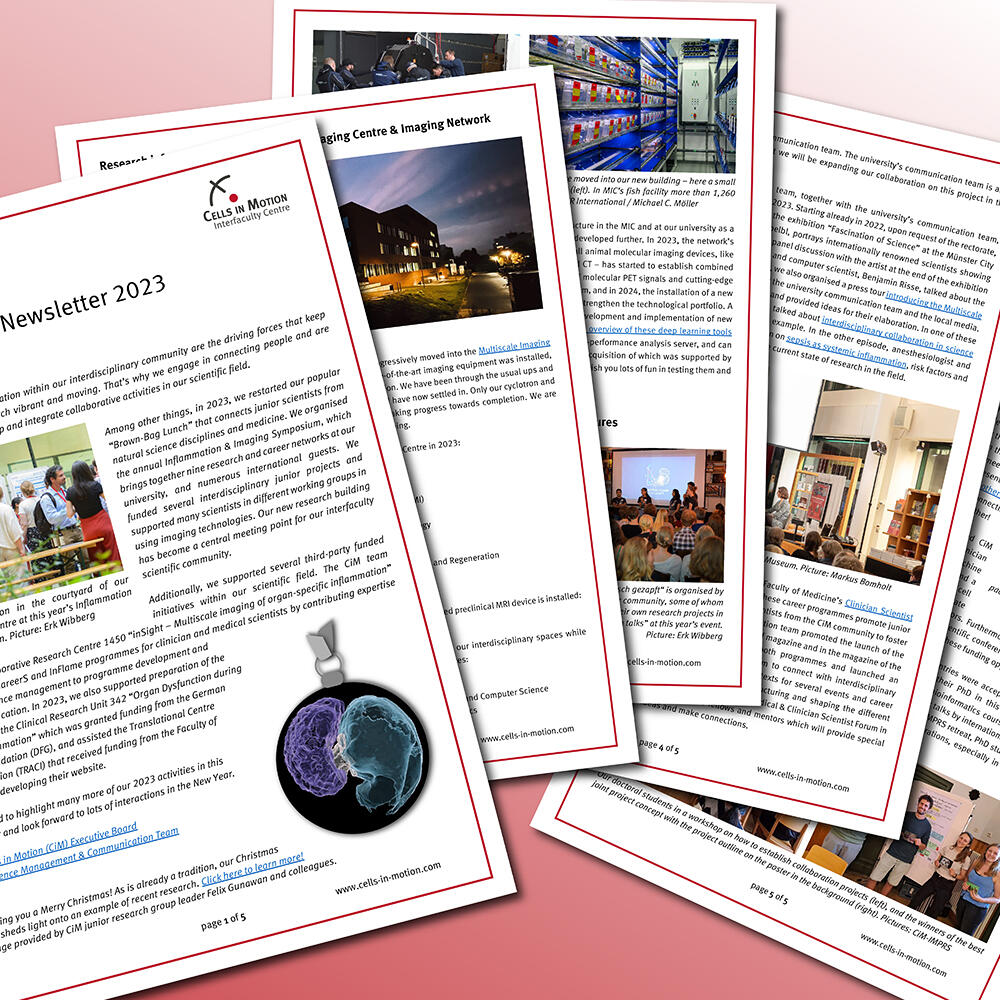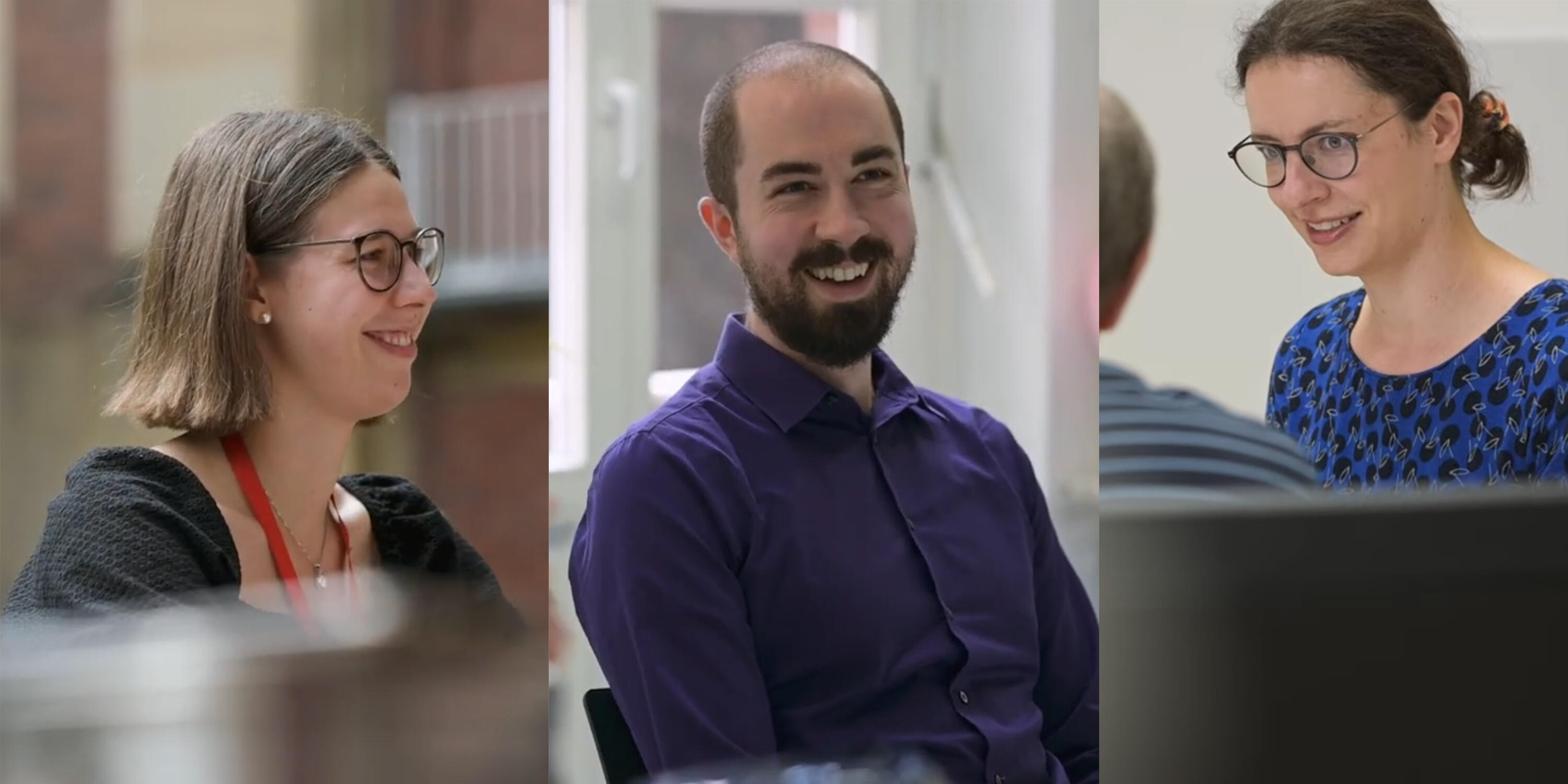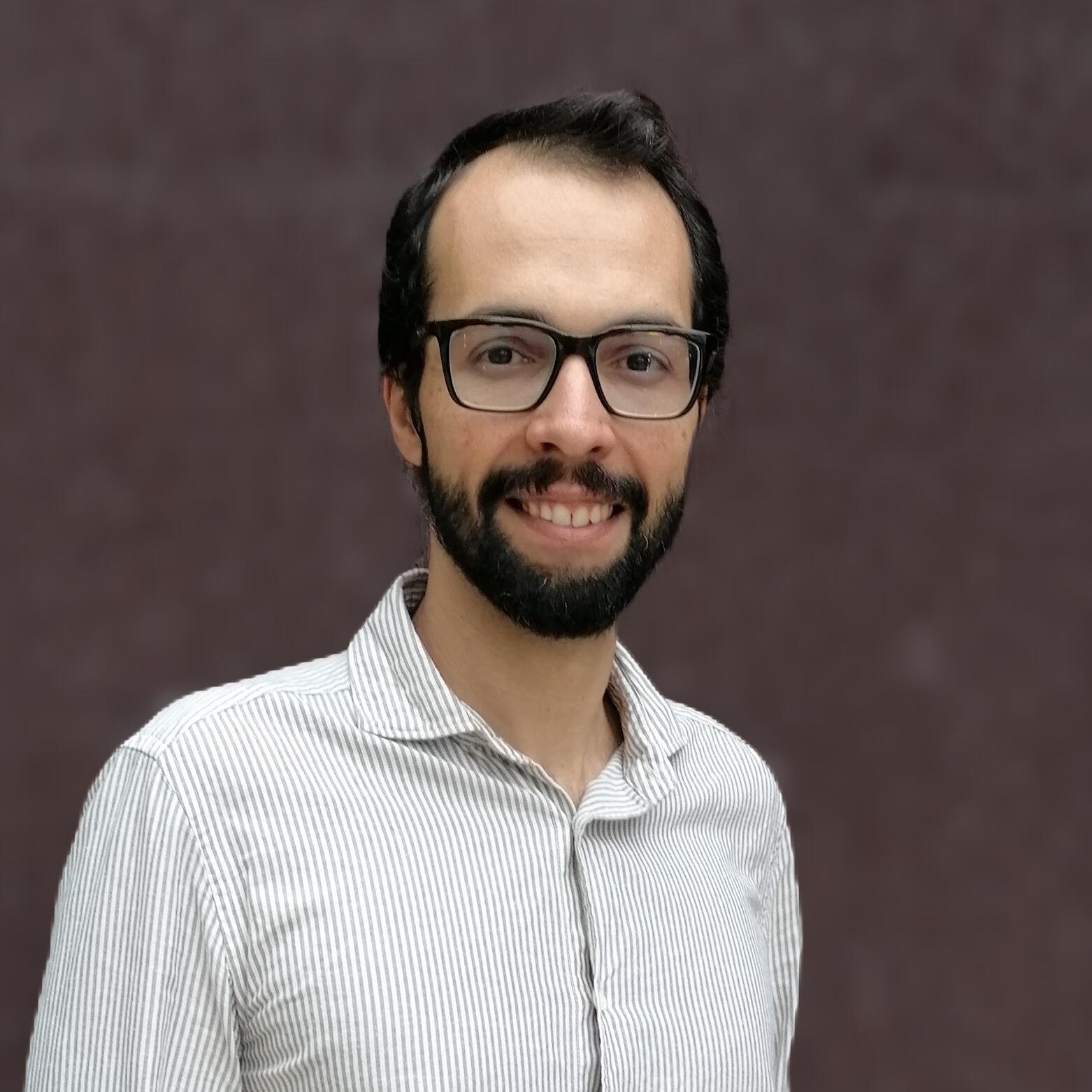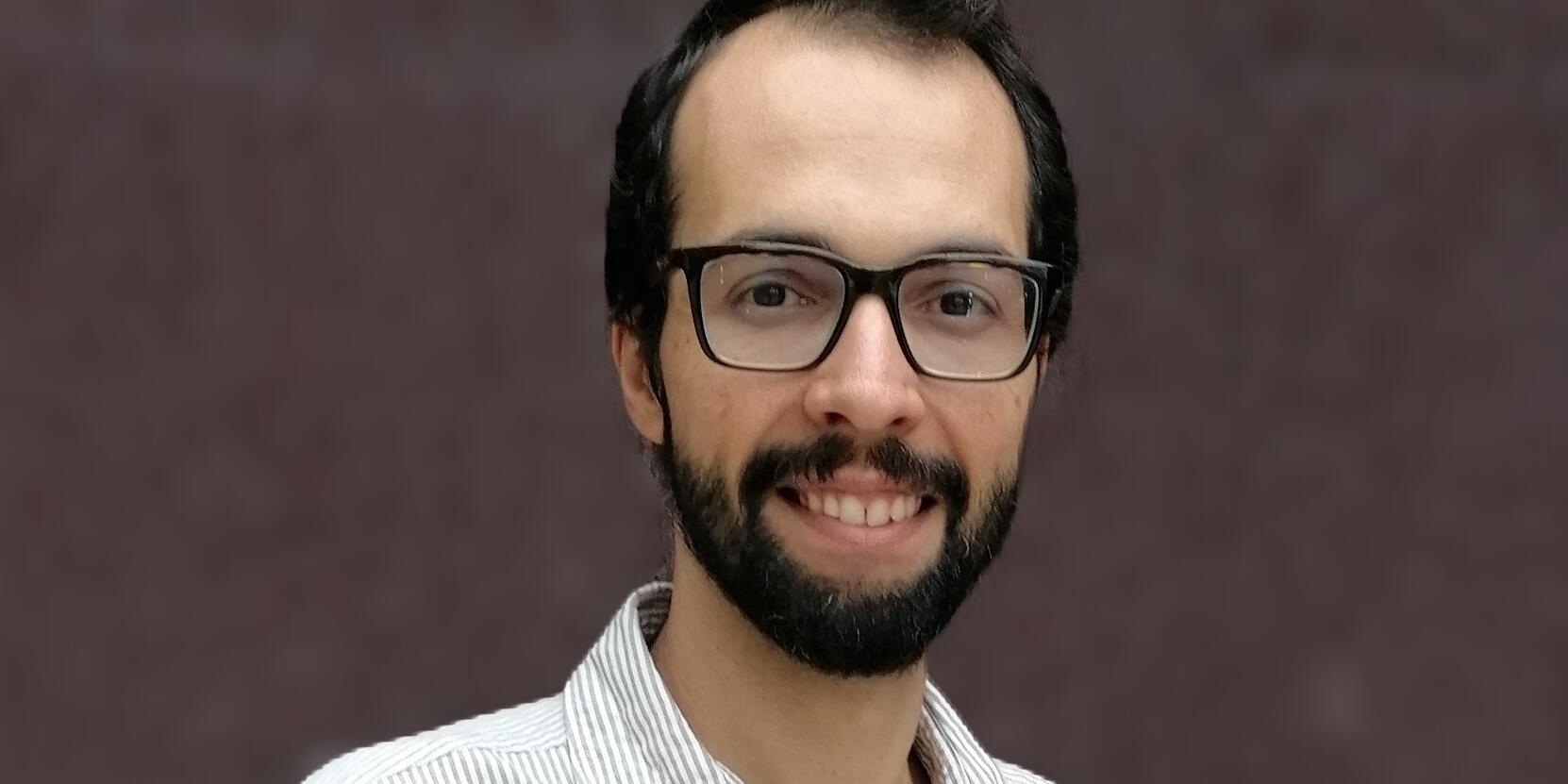News archive 2024
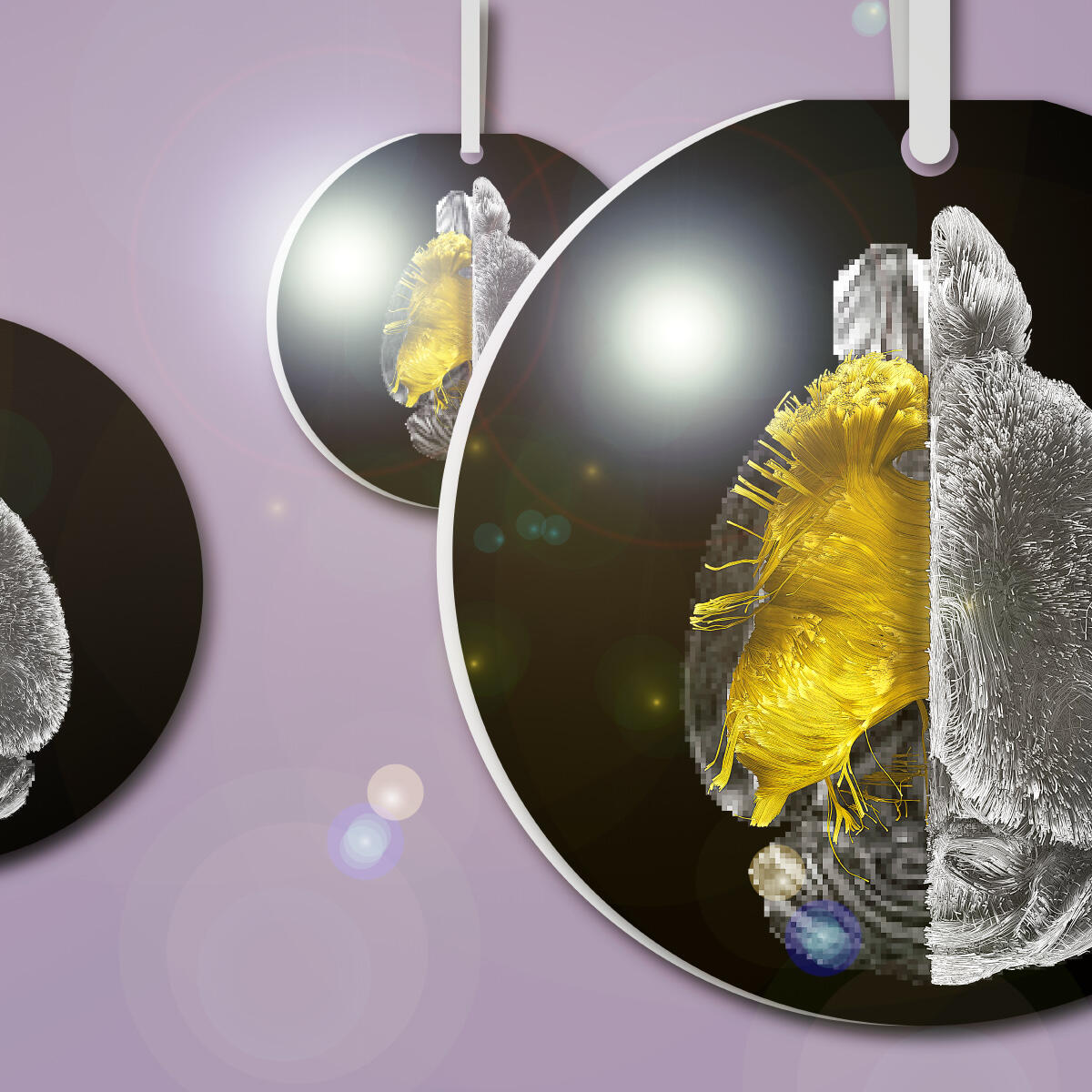
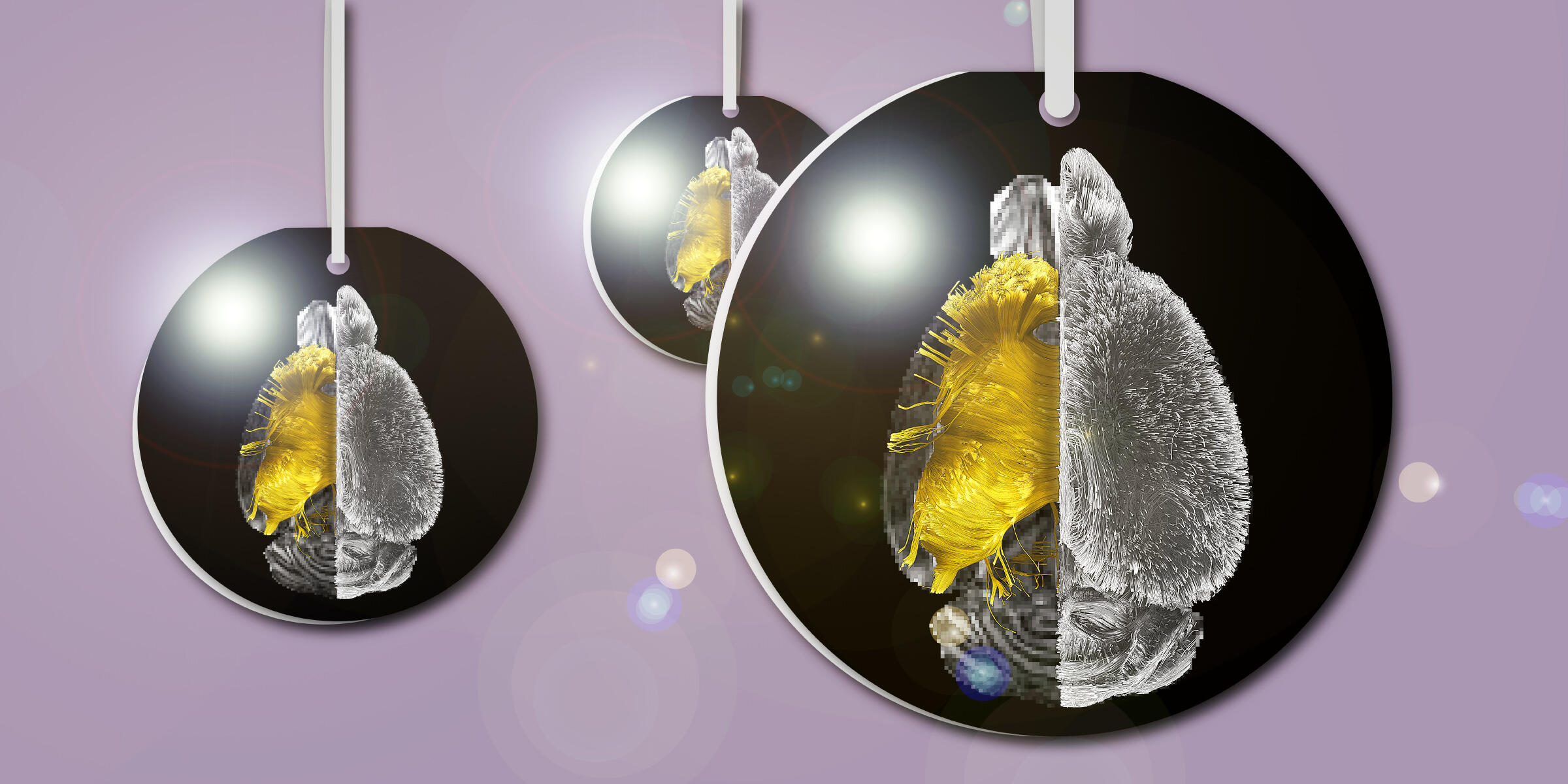
Science on the Christmas tree


“Consolidator Grant” for Seraphine Wegner


Lifelong vascular growth drives the increase of blood cell production in the skull bone marrow


New imaging method for the analysis of head and neck tumours


New MRI scanner arrives at the Multiscale Imaging Centre


15 years of promoting young talent in the interdisciplinary Life Sciences
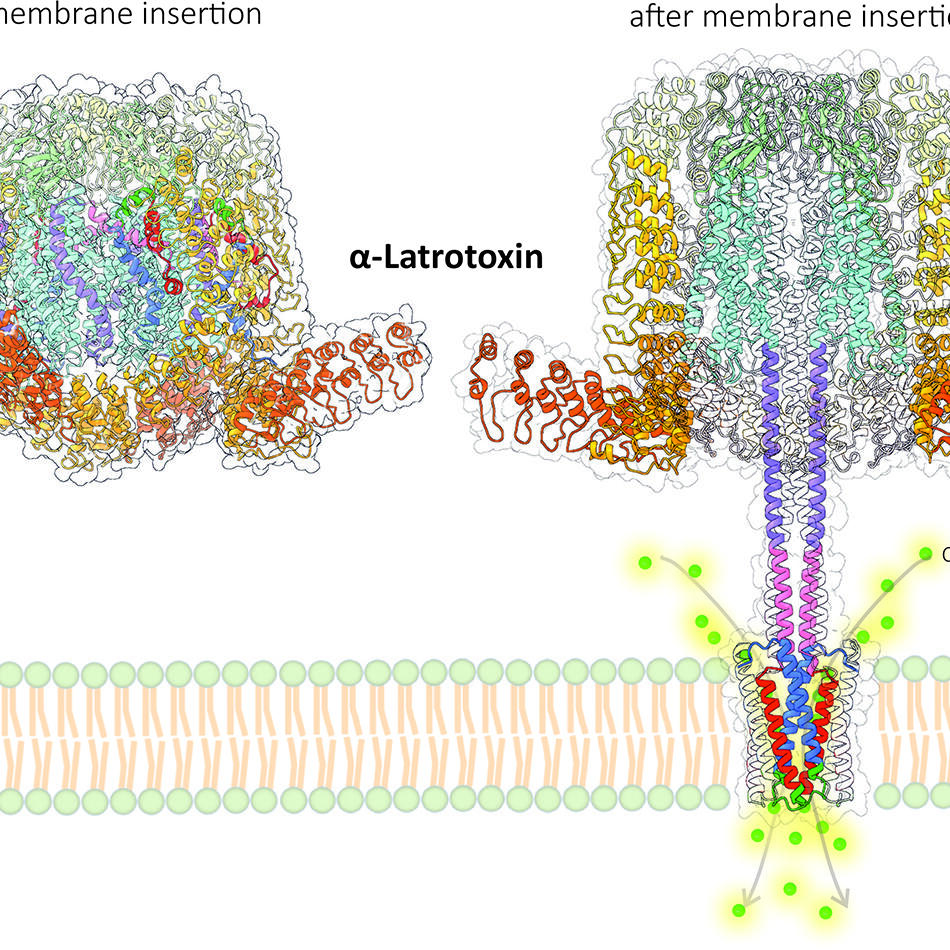
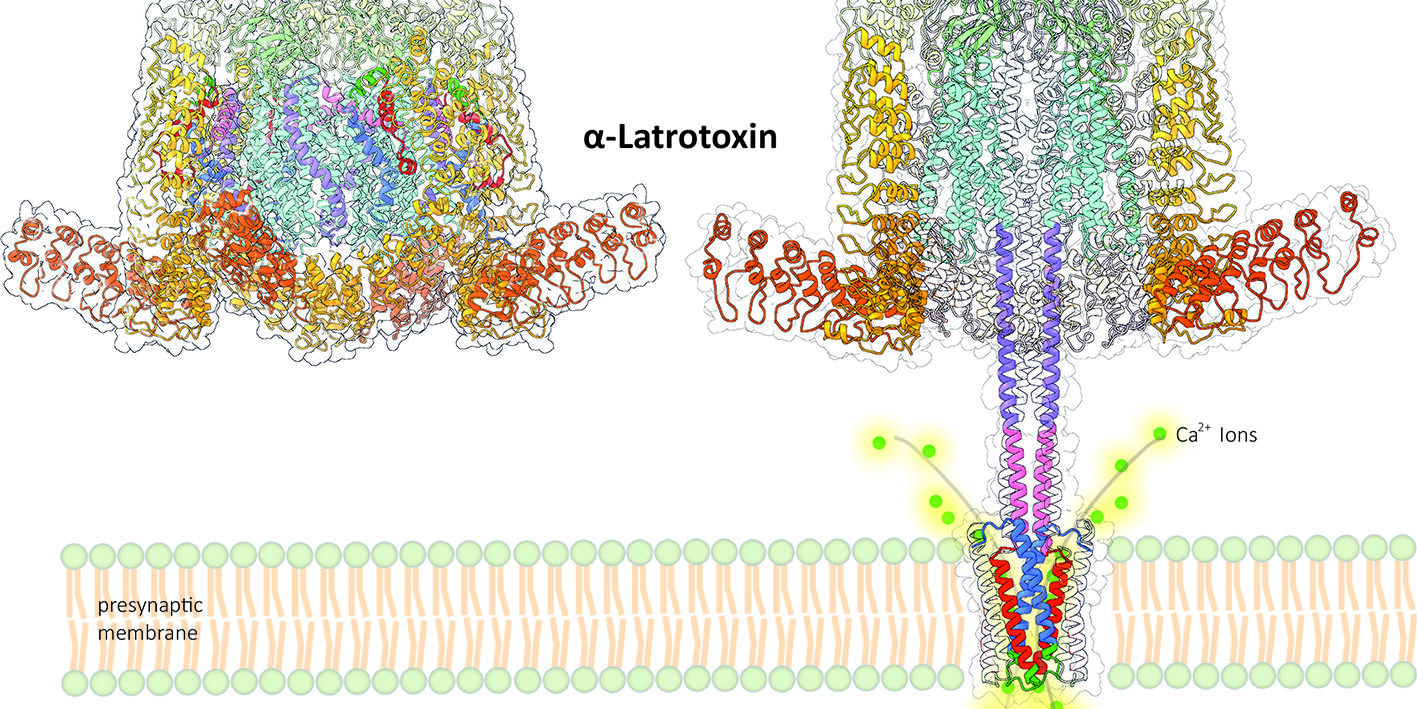
Scientists decode black widow spider venom


“It’s the people around me that make my research special”

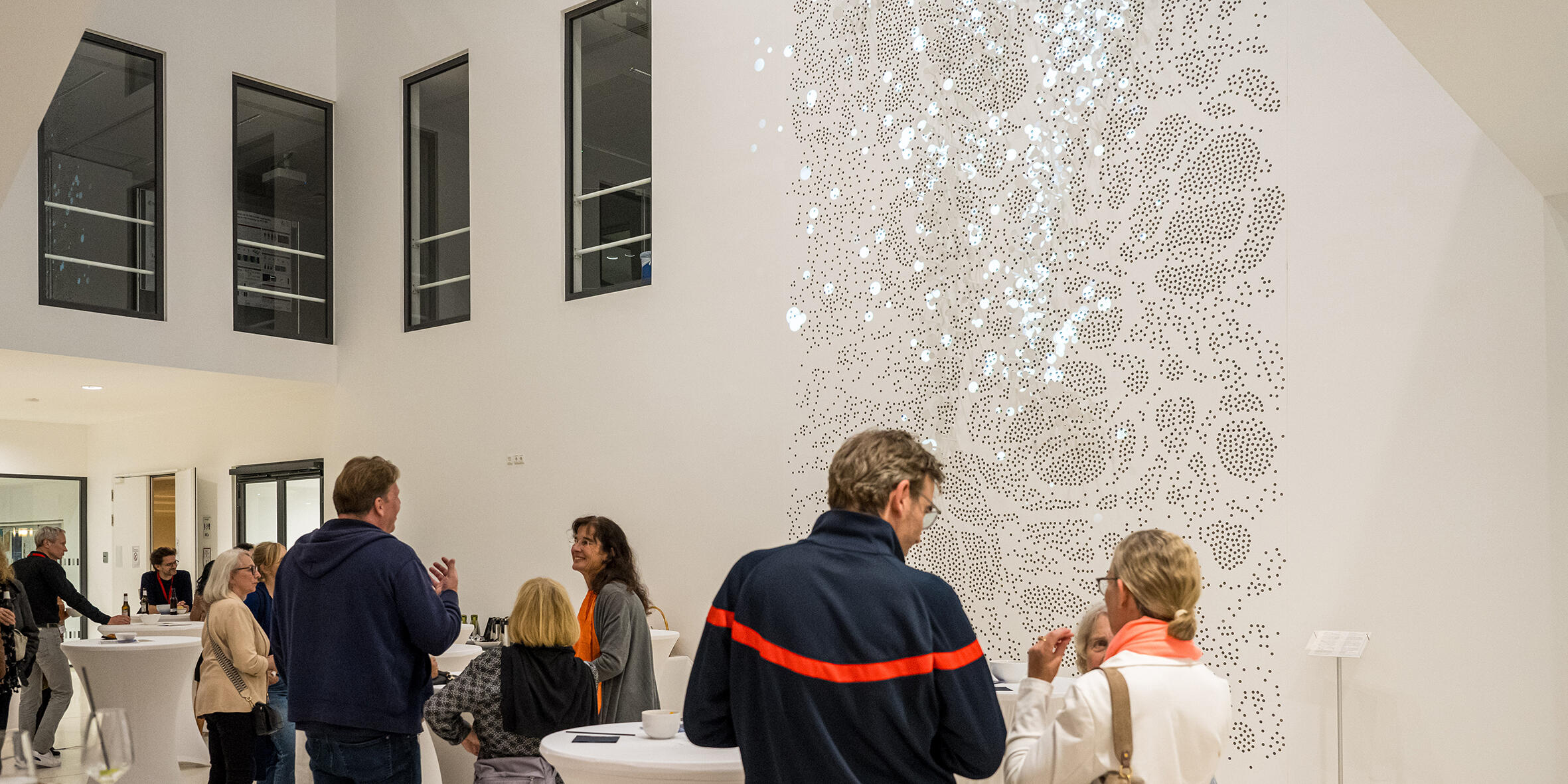
Photo gallery: Inflammation & Imaging Symposium and artwork at the MIC
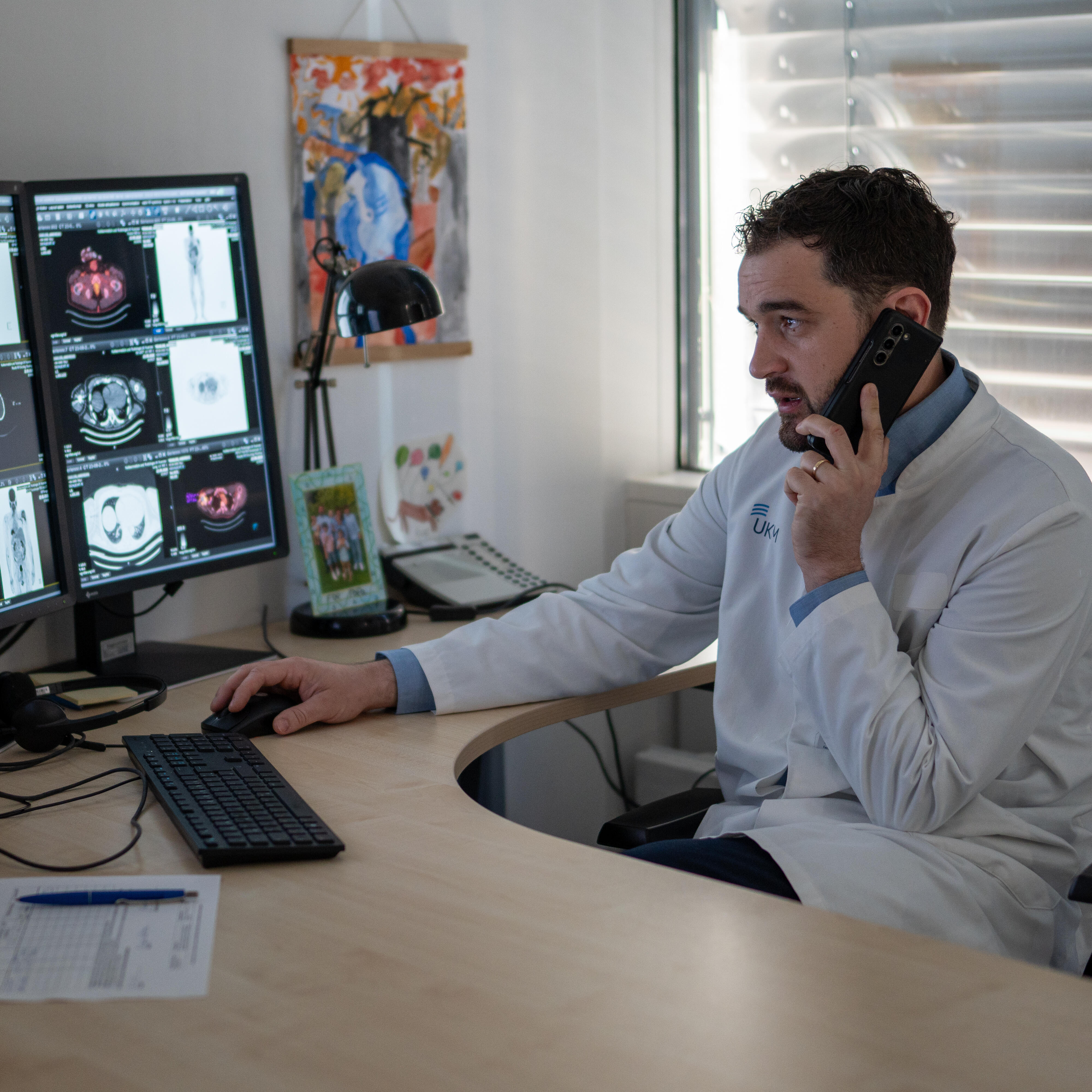

Juggling research and hospital work
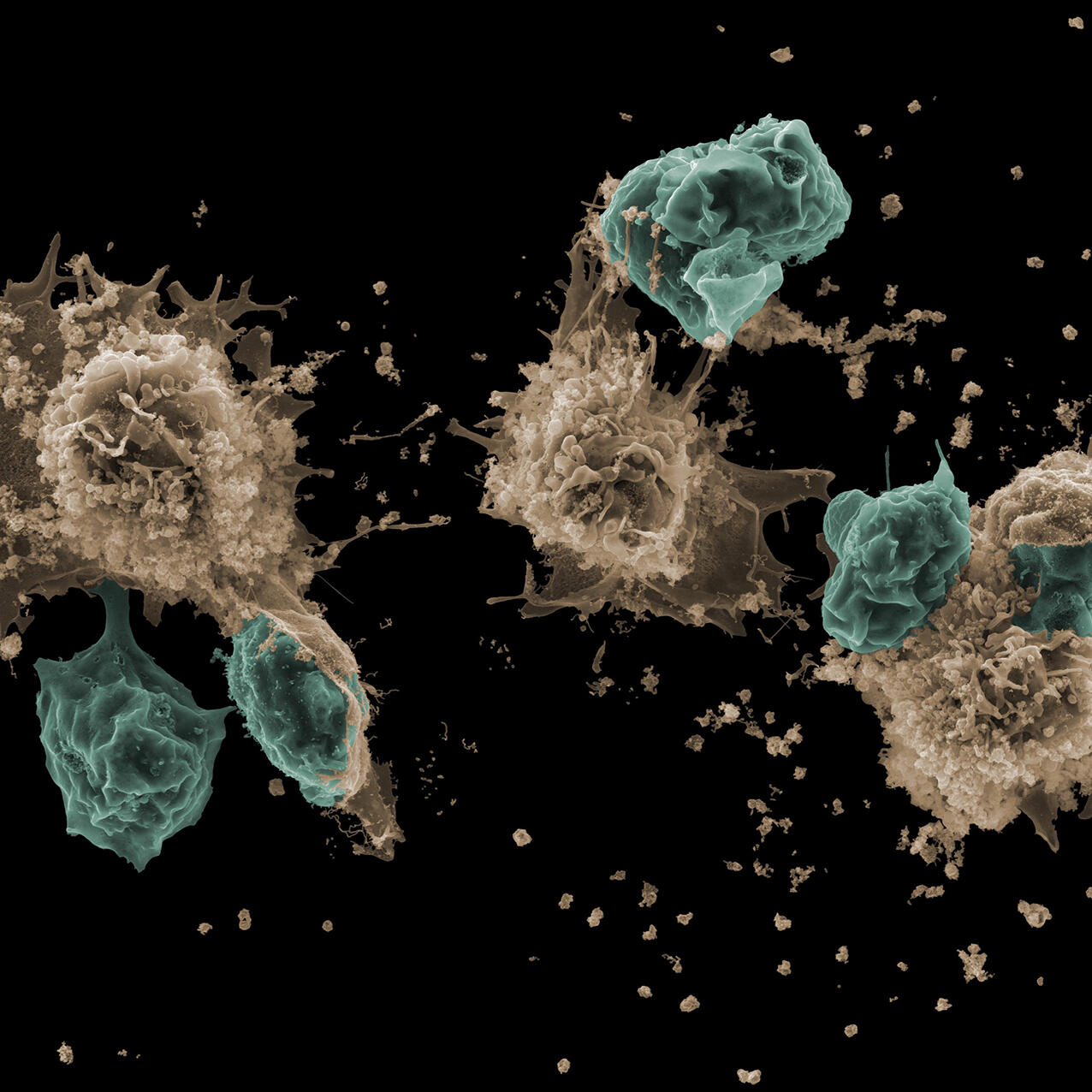
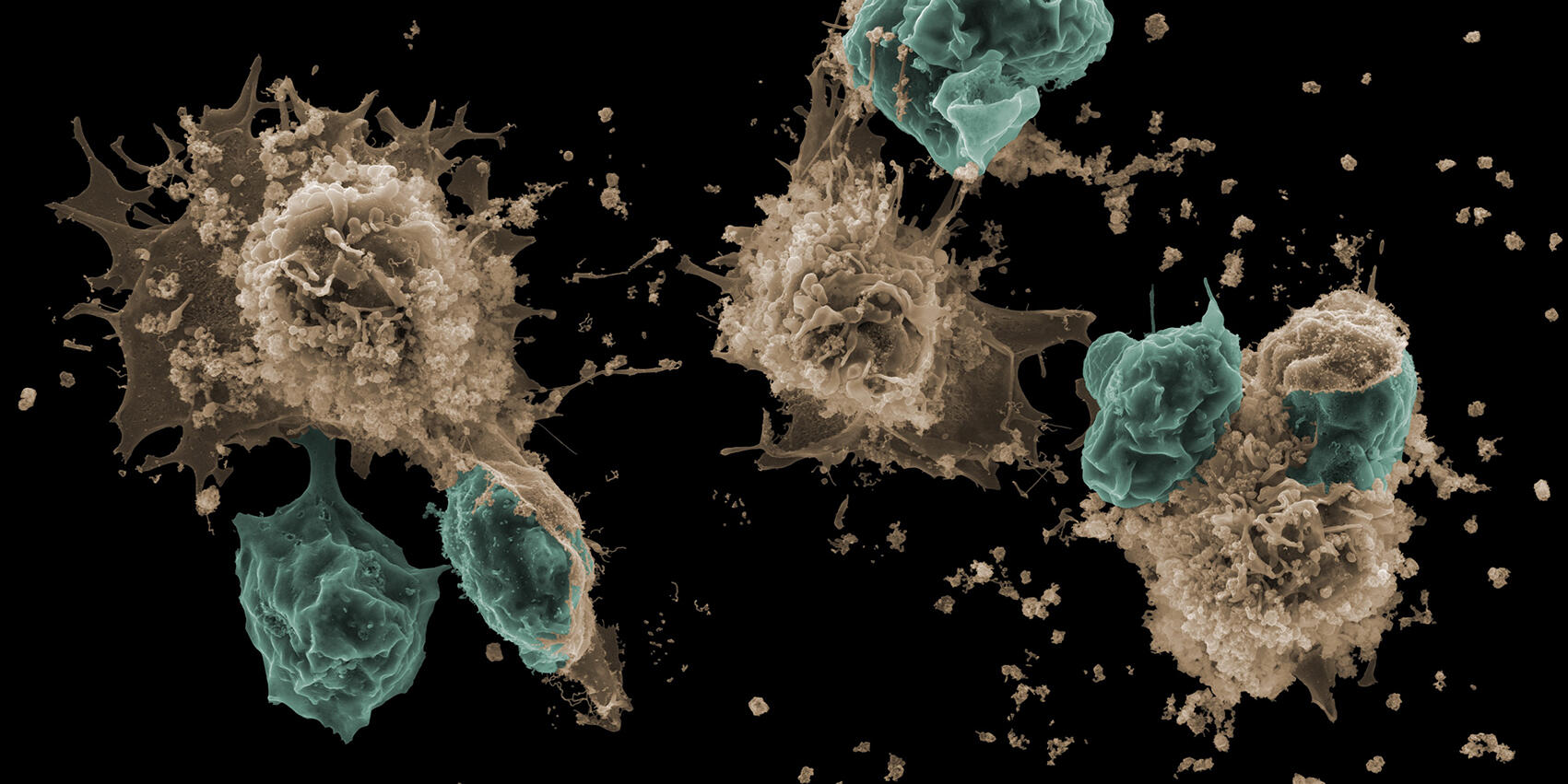
Study sheds new light on how our immune system works
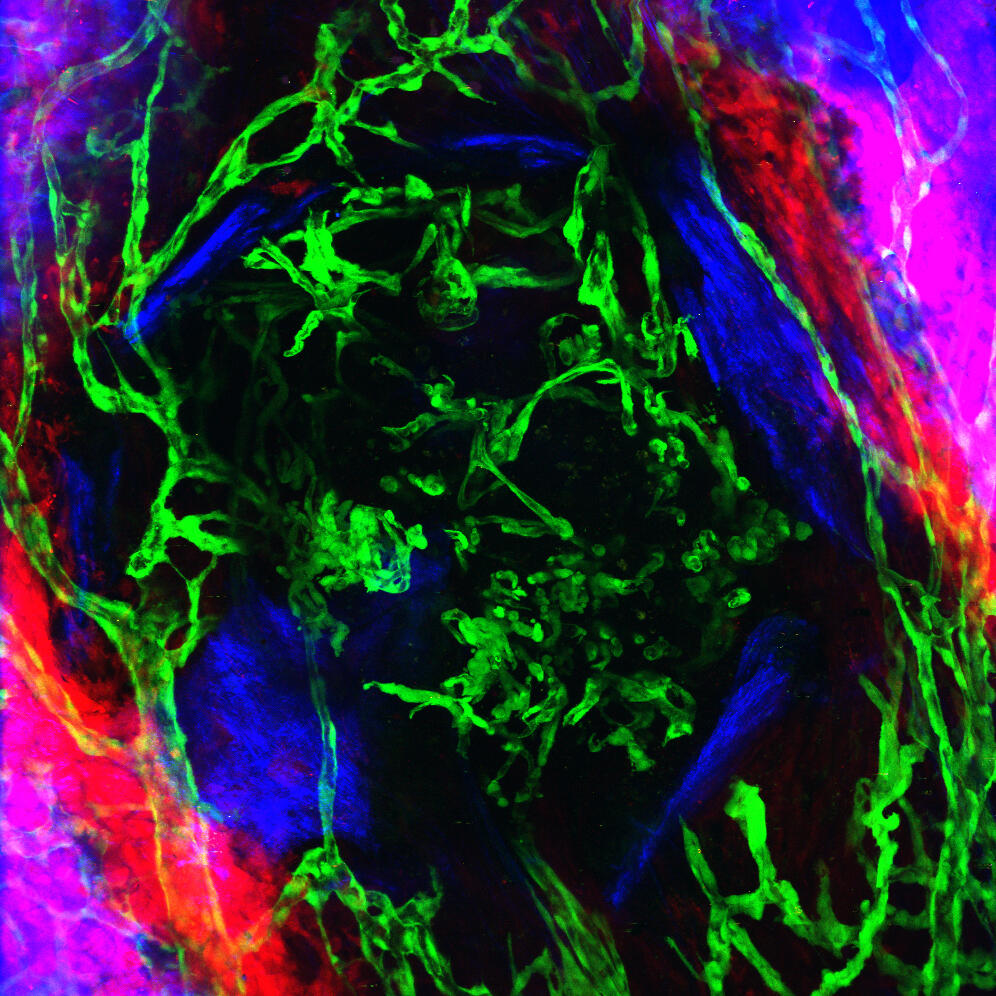
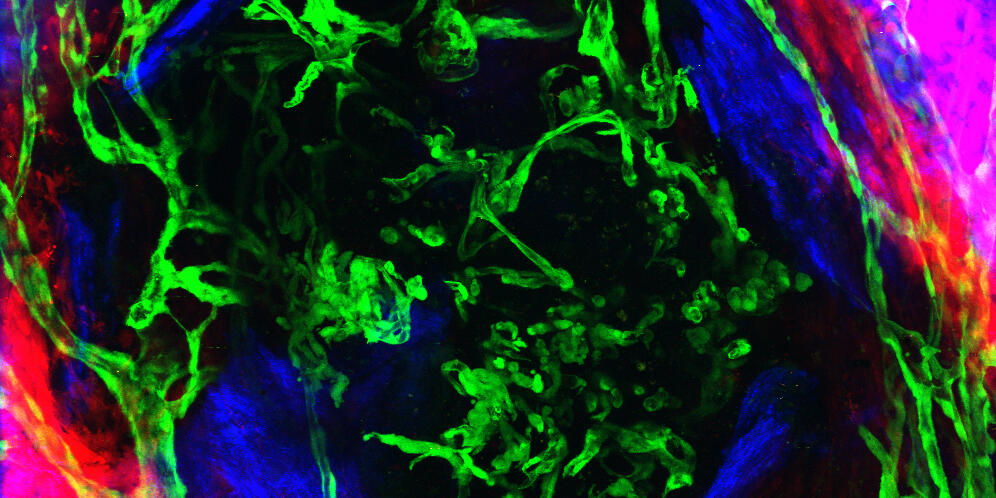
New long-term microscopy method shows distinctive feature of bone healing in the skull
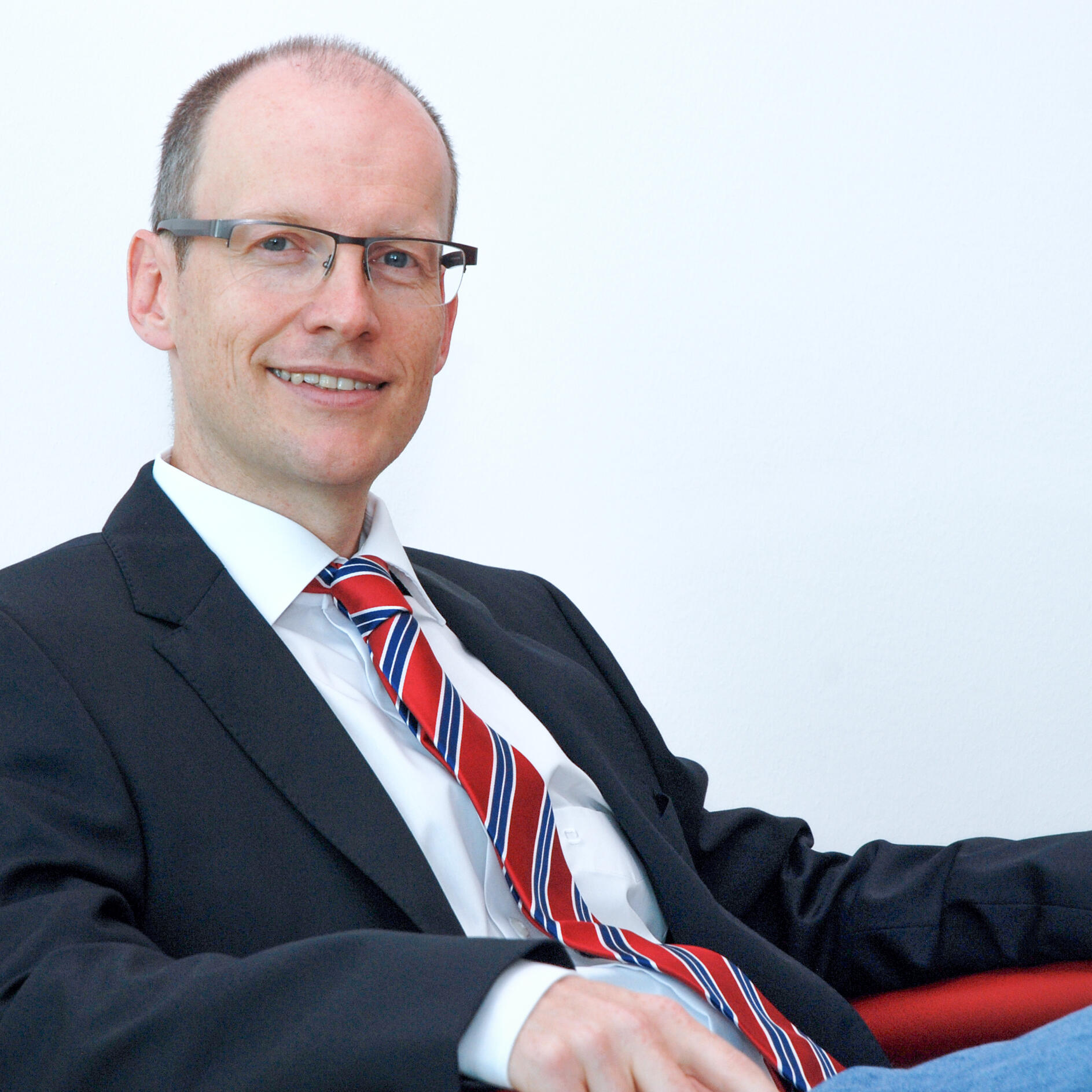
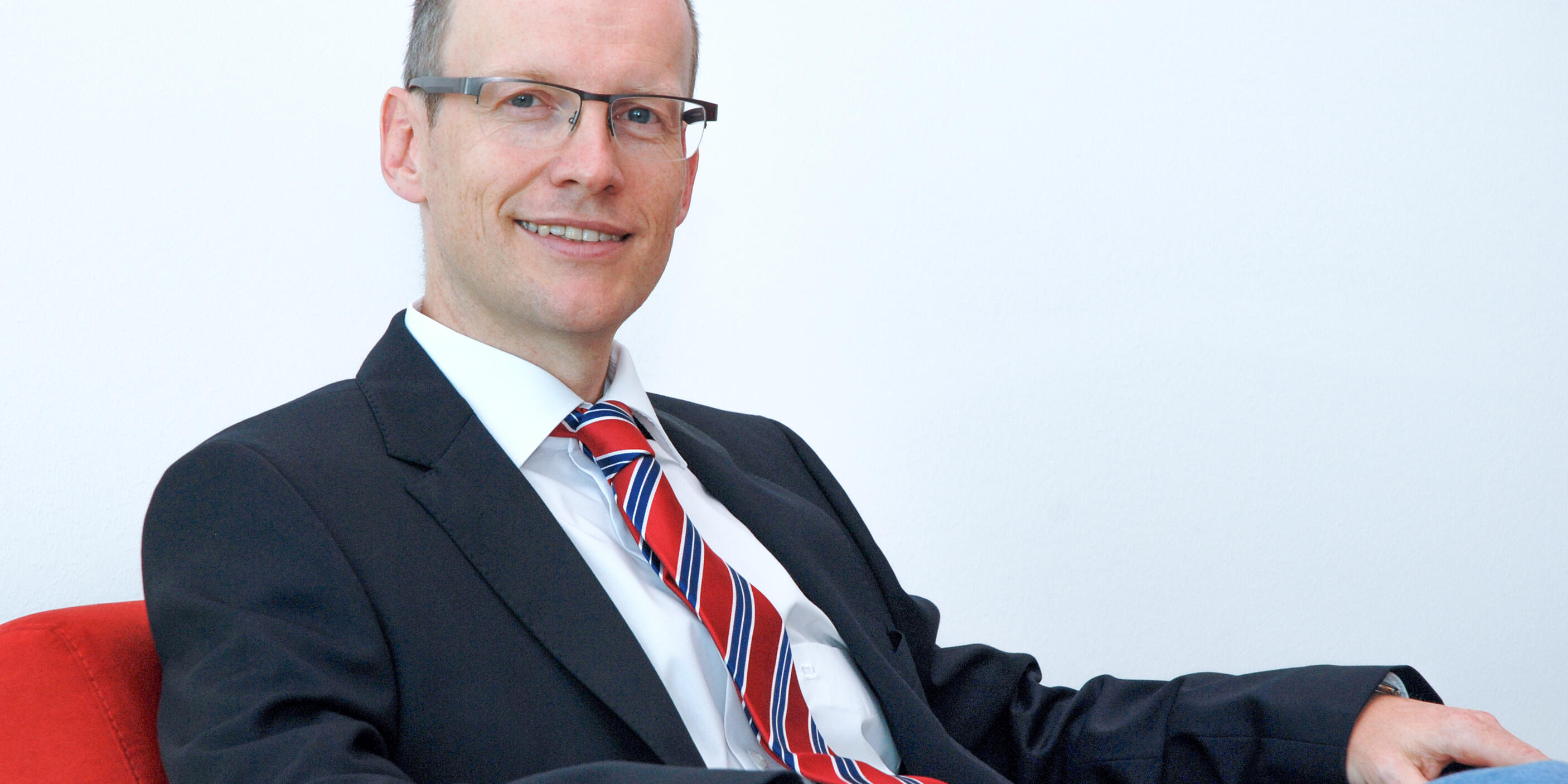
Research into the role of blood vessels in bone loss: Ralf Adams receives an ERC Advanced Grant
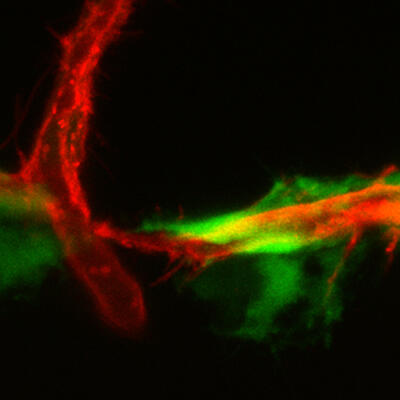

Insights into how genetic engineering is used in research


